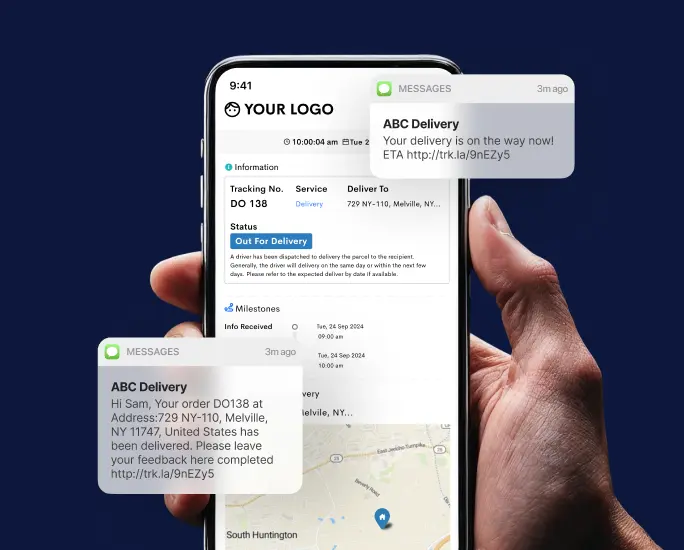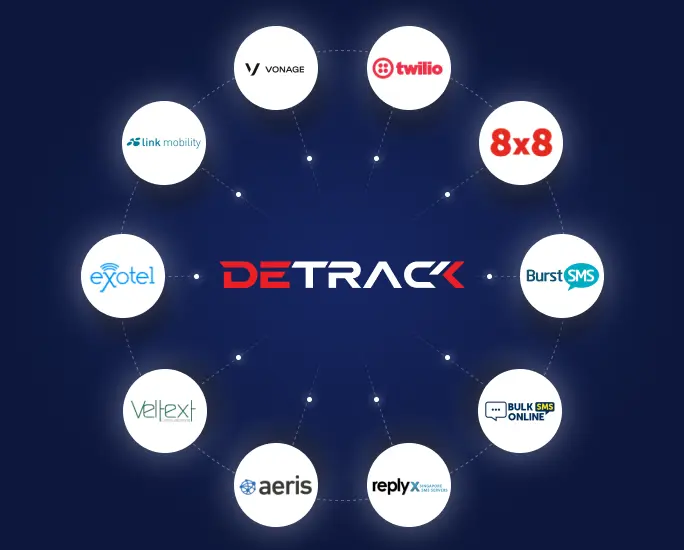Retail businesses constantly explore innovative strategies to stay ahead of the curve and efficiently meet consumer demands. One such strategy that is gaining traction is the concept of “Retail with Own Fleet.”
| Effortless Fleet Management for Superior Operational Control Simplify fleet management with our user-friendly software. Track vehicles, schedule maintenance, and monitor driver behavior all from a single platform, ensuring your fleet is always at its best. Try Detrack Today! |
What is Retail with Own Fleet?
Retail with Own Fleet refers to a business model in which a retailer manages its own transportation and delivery services for products directly to customers rather than relying solely on third-party logistics providers (3PLs) or shipping companies.
In simpler terms, it involves retailers owning and operating their delivery vehicles and logistics infrastructure to fulfill customer orders.
This approach gives retailers greater control over the entire delivery process, from when an order is placed to the final delivery to the customer’s doorstep. It typically includes order processing, inventory management, route planning, vehicle maintenance, and driver management.

The Benefits of Retail with Own Fleet
1. Enhanced Control and Visibility
Retailers gain greater control over the entire delivery process by managing their fleets. This allows for real-time tracking of shipments, ensuring timely deliveries and providing customers with accurate updates regarding their orders.
Moreover, retailers can maintain quality standards throughout the delivery journey, enhancing customer satisfaction.
2. Cost Efficiency
While establishing and maintaining a fleet involves initial investments, it can result in significant cost savings for retailers in the long run.
By eliminating third-party logistics costs and optimizing delivery routes, retailers can streamline operations and reduce expenses associated with outsourcing transportation services.
3. Improved Customer Experience
With your own fleet, retailers can offer more flexible delivery options such as same-day or next-day delivery, which are increasingly becoming expectations rather than luxuries for consumers.
Additionally, direct control over the delivery process enables retailers to promptly address customer queries and concerns, fostering a positive brand image and enhancing customer loyalty.
4. Adaptability and Customization
Owning a fleet provides retailers with the flexibility to swiftly adapt to changing market conditions and consumer preferences. They can tailor delivery services to meet specific customer needs, whether scheduling deliveries at preferred times or offering special packaging options.
This customization capability can give retailers a competitive edge in the crowded retail landscape.
The Challenges
1. Initial Investment and Operational Costs
Setting up and maintaining a fleet requires a considerable upfront investment in vehicles, technology infrastructure, and personnel.
Moreover, ongoing operational costs such as fuel, maintenance, insurance, and driver salaries add to the financial burden. Before owning a fleet, retailers must carefully weigh these costs against the potential benefits.
2. Logistics Complexity
Managing a fleet requires more logistics operations control, including route planning, vehicle maintenance scheduling, and driver management.
Retailers need robust technology solutions and skilled personnel to handle these complexities effectively. Failure to do so can lead to inefficiencies, delays, and customer dissatisfaction.
3. Scalability and Geographic Reach
Expanding a fleet to meet growing demand or entering new markets poses scalability and geographic reach challenges. Retailers must assess their infrastructure and resources to support expansion efforts without compromising service quality.
Additionally, operating across diverse regions requires compliance with regulations and logistical considerations.
4. Competitive Pressures
As Retail with Own Fleet gains popularity, retailers face increased competition from traditional players and new entrants.
To stand out, retailers must differentiate their delivery services through superior customer experiences, innovative offerings, and operational excellence.

The Future Outlook
Despite its challenges, Retail with Own Fleet holds immense potential for retailers looking to elevate their delivery capabilities and differentiate themselves in a crowded market.
As technology advances, opportunities for automation, route optimization, and data-driven decision-making will further enhance the efficiency and effectiveness of in-house fleet operations.
Moreover, evolving consumer preferences, such as the growing demand for sustainable and eco-friendly delivery options, allow retailers to innovate and align their fleet strategies with these trends.
By embracing these changes and leveraging their logistics and customer service strengths, retailers can position themselves for long-term success in the dynamic retail landscape.
Conclusion
In conclusion, Retail with Own Fleet represents a paradigm shift in how retailers approach last-mile delivery, offering unprecedented control, flexibility, and customization opportunities.
While it comes with its share of challenges, the potential benefits of cost savings, customer experience, and competitive advantage make it a strategy worth considering for retailers committed to driving growth and innovation in the retail industry.










